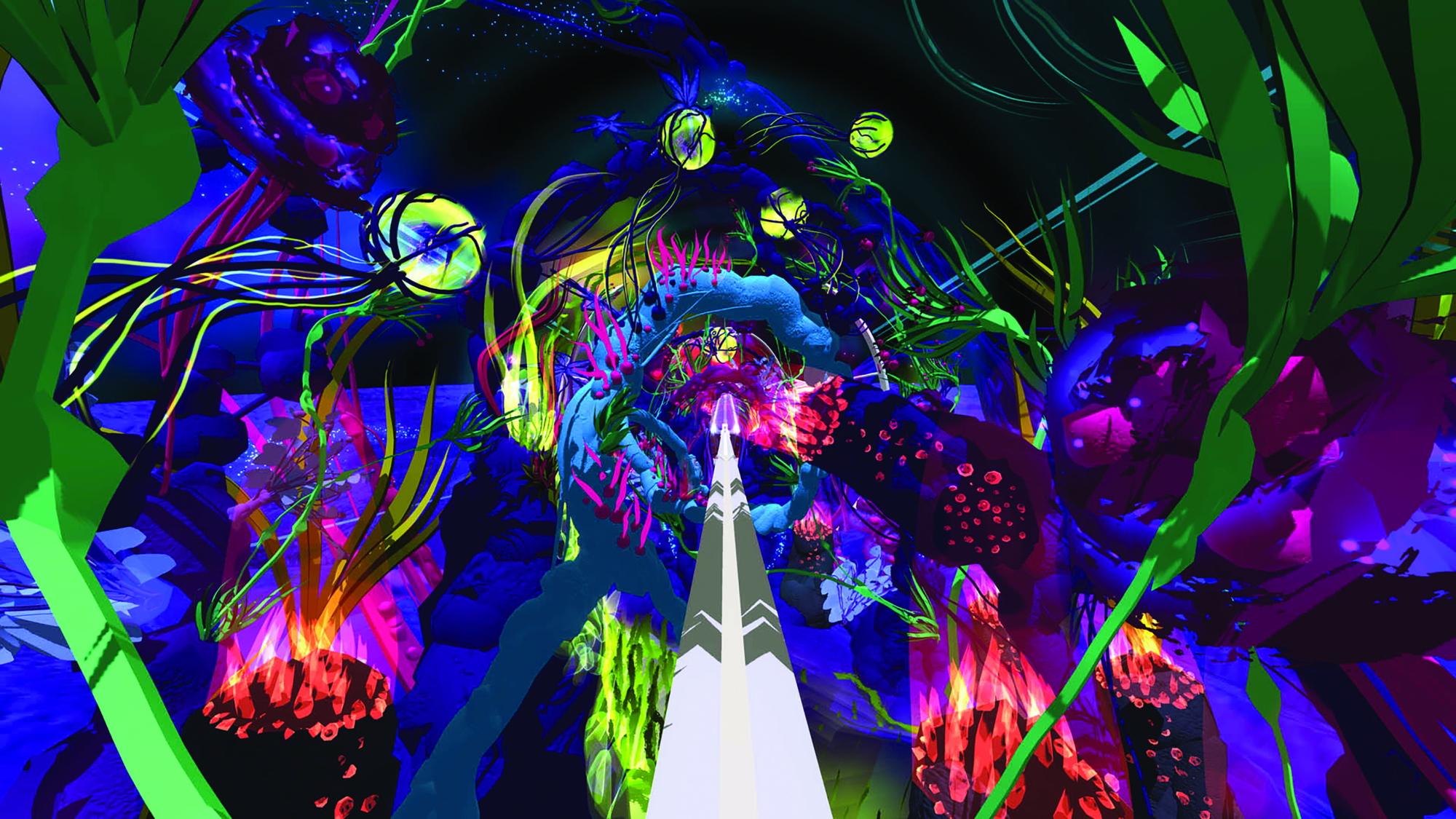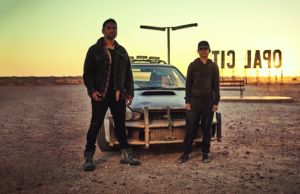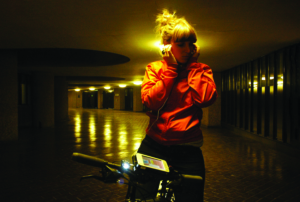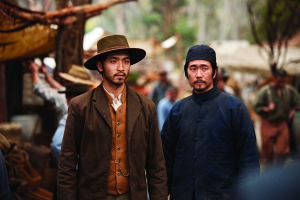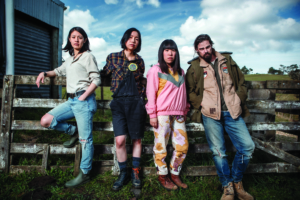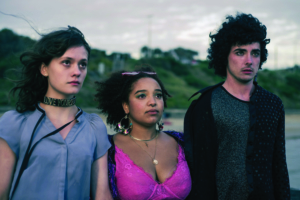As more filmmakers embrace virtual reality (VR) and 360-degree filmmaking, the possibilities for different approaches to storytelling and experimentation with techniques continue to expand. This sense of play enables makers, participants, audiences and theorists to further imagine what VR can do. While scholarship around the medium has largely advanced on its early claims of being a tool to evoke empathy,[1]See Harry Farmer, ‘A Broken Empathy Machine?’, Immerse, 1 October 2019, <https://immerse.news/a-broken-emphathy-machine-can-virtual-reality-increase-pro-social-behaviour-and-reduce-prejudice-cbcefb30525b>, accessed 18 February 2020. much discussion of VR, particularly in documentary or nonfiction forms, currently interrogates how the immersive experience can bring audiences closer to subject matter through what is known as ‘presence’.[2]For more on ‘presence’, see Matthew Lombard & Theresa Ditton, ‘At the Heart of It All: The Concept of Presence’, Journal of Computer-Mediated Communication, vol. 3, no. 2, 1 September 1997. However, as VR continues to expand and mutate through XR (extended reality) forms and multi-sensory storytelling, so, too, do the opportunities for makers, participants and audiences to explore parallel presents and speculative futures. The two projects I discuss here from the 2019 Melbourne International Film Festival (MIFF) VR showcase – Sutu’s Future Dreaming and Isobel Knowles and Van Sowerwine’s Passenger – make use of new technology and handmade craft to explore the medium’s evolving possibilities.
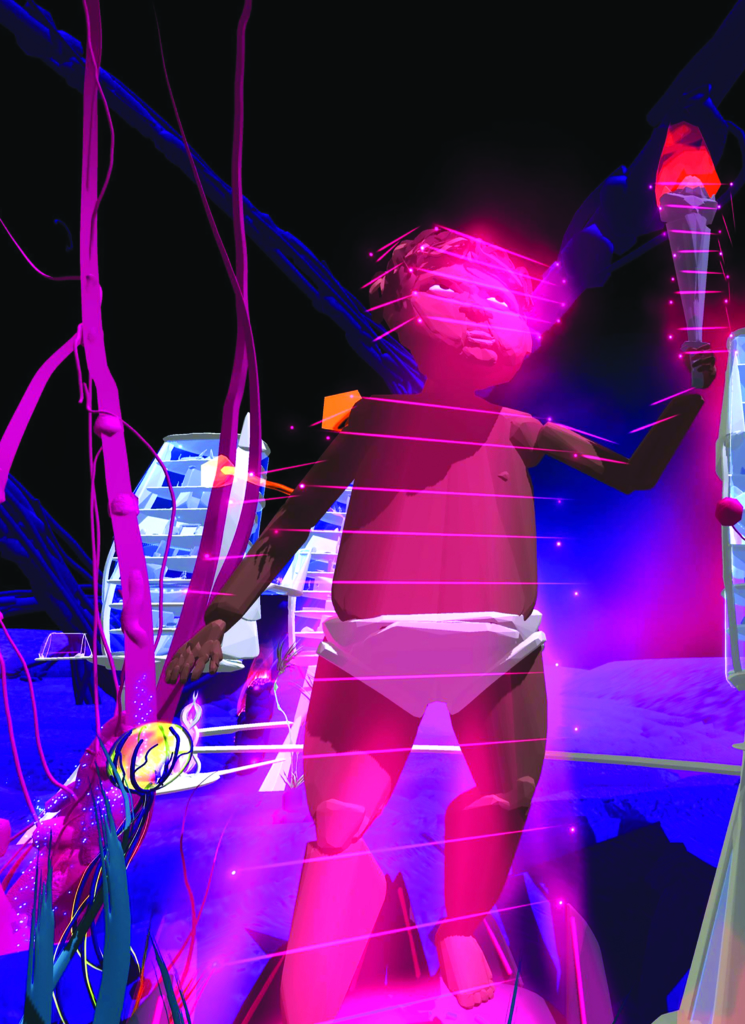
MIFF 2019 presented a more tightly curated program of VR titles, with only three Australian works on offer. Future Dreaming and Passenger were notable in how they transcended the easy categorisations of fiction and nonfiction, combining elements of each while still adhering to a sense of truth. These two works share a reliance on fabricated worlds, yet draw on quite different technologies: Future Dreaming uses Google’s Tilt Brush, which combines live-action footage, animation and motion capture to create imagined futures; while Passenger creates a handcrafted world using objects that are familiar, recognisable and temporary. Each project, in its individual way, is the product of both a labour of love and a relationship formed and built over years of collaboration.
Documenting possibility in Future Dreaming
In 2019, MIFF teamed up with local performance venue Arts House to create a dedicated space for a small selection of curated VR works, thus allowing the projects the kind of spatial freedom often afforded at other international festivals. Although only three works were on offer here, the location made a welcome advance on the convention of standing or sitting in a semi-public space and relying on the action of fastening the headset in order to enter the world of the project. Rather, each of these rooms could be decorated to create mood and context, thereby creating a triage-like transition into the experience of the virtual world.
Upstairs at Arts House, situated in the North Melbourne Town Hall, I was ushered into a large dark room with black curtains, thematic pink and purple lighting, and pot plants for Future Dreaming. No stranger to the festival, Sutu (Stu Campbell) had been instrumental in two stand-out works in MIFF’s 2018 VR showcase.[3]Specifically, Mind at War (2017), which he directed, and Thalu: Dreamtime Is Now (2018), illustrated by Sutu and directed by Tyson Mowarin. These works are discussed in Kim Munro, ‘The Sense of Being Somewhere: Mind at War, Thalu: Dreamtime Is Now and the Rise of Virtual Reality’, Metro, no. 199, 2019, pp. 102–7. Future Dreaming expands on the work he has been involved in as part of the high-profile community-arts organisation Big hART. Known for their long-term intergenerational cultural-arts projects, Big hART had been invited to the remote town of Roebourne in the Pilbara region of Western Australia to make work that both built much-needed skills and was deeply rooted in the local culture. As part of this ongoing project, Sutu worked with a number of young people to create an interactive and paper-based sci-fi comic, Neomad. To continue these relationships and explore interaction between Aboriginal cultural traditions and new technology, Sutu invited four of the now-teenage participants – Maverick Eaton, Ali Lockyer, and Nelson and Maxie Coppin – to imagine their futures.
As VR continues to expand and mutate … so, too, do the opportunities for makers, participants and audiences to explore parallel presents and speculative futures.
Future Dreaming opens with a piece to camera from each of its young Indigenous co-creators introducing the concept of the Dreamtime as a ‘mental visualisation technique’, wherein the spirits are ‘seen as they move through the past, present and future’. We meet them one week from the present, through short vignettes that range from the quotidian to the fantastical. Each participant is represented by an animated avatar created through motion capture. Maverick introduces his home, ‘the Block’, along with two emus, Slippery and Stripy, his extended family, and a goat; each object appears and then dissolves amid the lurid pink-and-blue sky and videogame-like music. Nelson imagines his near future watching a sci-fi action film, transcending the screen to take control of its giant robots. Ali visualises practising her lines on stage for an upcoming play, in which she plays a mother with a newborn baby on a deserted island. Despite the bleakness of the situation, she embodies the strength and belief that she will protect her child and find food, as she is ‘the strongest mother in the world’. In the final vignette, Maxie falls asleep in maths class while the teacher explains deepfakes. These dreams are close to their present lives, but also provide springboards to imagine their lives in futures that, to them, as teenagers, probably seem a long time away.
Five years on, these future dreamers now imagine a twenty-first birthday party on the beach, an upcoming LA film shoot with Rihanna, and driving trains filled with iron ore across the continent. While these dreams range in degrees of aspiration, the participants seem generally content with where they find themselves. However, the fourth vignette presents trouble in Maverick’s world;
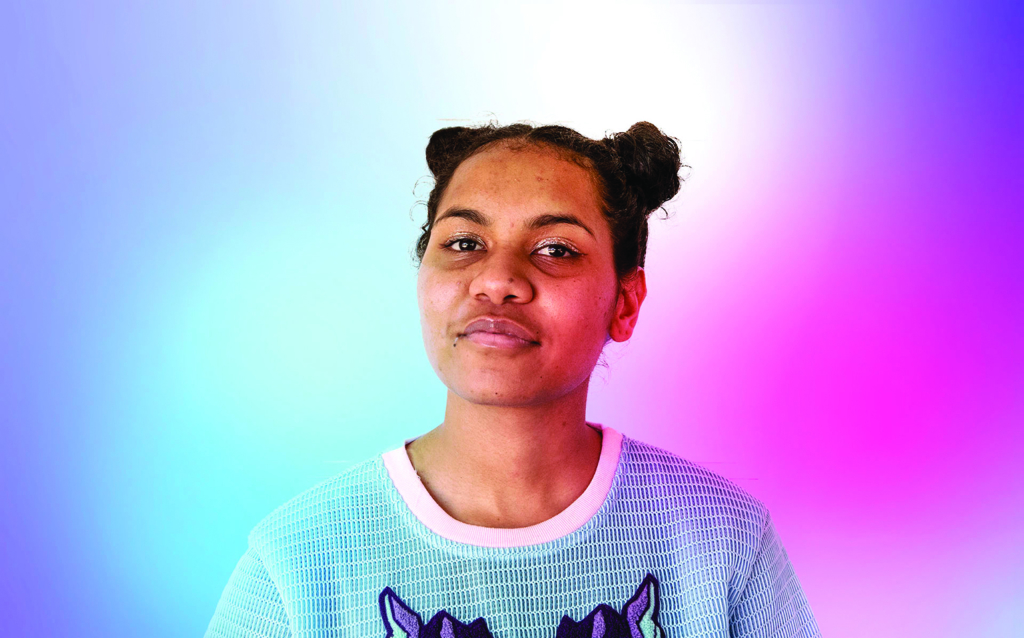
‘Things have been up and down,’ he reports. On the dance floor of a neon-lit nightclub, Maverick somewhat circumspectly reflects that his career hasn’t worked out because he partied too much. Suddenly, a circle of clone-like women appear holding babies, which they claim to be his. As Maverick teleports from the club to the safety and familiarity of his home, Ali appears as a floating head, reminding him that he can change the future. This intervention is not only symbolic, but also presents a timely reminder for these teenagers to feel empowered to create their own destinies. Beyond the focus on each of these teens’ individual futures, the most evocative dreams come as they imagine their lives twenty years on in relation to their connections to country and sustainability. This is a future set in a psychedelic galaxy, either near or far away, where their precious land is no longer mined, where emus generate power and plants are engineered to survive the weather, and where they coexist in one another’s lives, each with an important role to play in the future they want to have.
Combining new technology and traditional Aboriginal spiritual concepts, Future Dreaming presents a work of speculative nonfiction that disrupts the conventional documentary approach of illuminating problems. Utilising participatory techniques built on long-term relationships with communities – techniques that value those communities’ contribution in co-creating – allows this project to occupy a place that has lasting impact for the people involved. Future Dreaming acts as an intervention that reveals the potential of a documentary form unhinged from commercial constraints and dominant discourses, which screen academic Patricia R Zimmermann refers to as ‘works of hope’.[4]Patricia R Zimmermann, States of Emergency: Documentaries, Wars, Democracies, University of Minnesota Press, Minneapolis & London, 2000, p. xix. It demonstrates that, rather than re-inscribing problems, documentary can also offer hope and visionary futures; as scholar Brian Winston argues, in a medium that is so often predicated on the concept of the ‘victim’, the notion of hope is revolutionary.[5]Brian Winston, ‘The Tradition of the Victim in Griersonian Documentary’, in Larry Gross, John Stuart Katz & Jay Ruby (eds), Image Ethics: The Moral Rights of Subjects in Photographs, Film, and Television, Oxford University Press, New York & Oxford, 1988, pp. 34–57.
Being a passenger implies a lack of autonomy, a passive position. But we are learning this new space, and are also invited to trust our guide as he prepares us for what to experience and feel.
Shifting perceptions in Passenger
From the beginning of cinema, the moving image has enabled us to be transported to other places and worlds. In Passenger, by being positioned in the back seat of a taxi, the audience is transported both physically and metaphorically through changing landscapes and the emotions that accompany a life-altering experience. Unlike Future Dreaming, which uses the affordances of new technology to create an imagined future, Passenger is a 360-degree VR work that uses a handcrafted set and characters. A work of narrative fiction, the script was developed by Knowles and Sowerwine from interviews with taxi drivers about their experiences both of coming to Australia themselves and of driving newly arrived migrants from the airport to their homes. Voiced by Sami Shah, the taxi driver’s monologue speaks of specific experiences while also feeling universal.
Arriving at the airport, we are picked up by a taxi driver who, we soon discover, is a puppet bird – a migratory red-hooded plover, to be exact. The use of a bird as the driver removes the inclination to wonder where he is from (and, with that knowledge, all the concomitant information). Looking down, we can see our own nondescript paws and the orange fur sneaking out from the bottom of our shirtsleeves. Immediately, we know that there are both differences and similarities between the driver and our character.
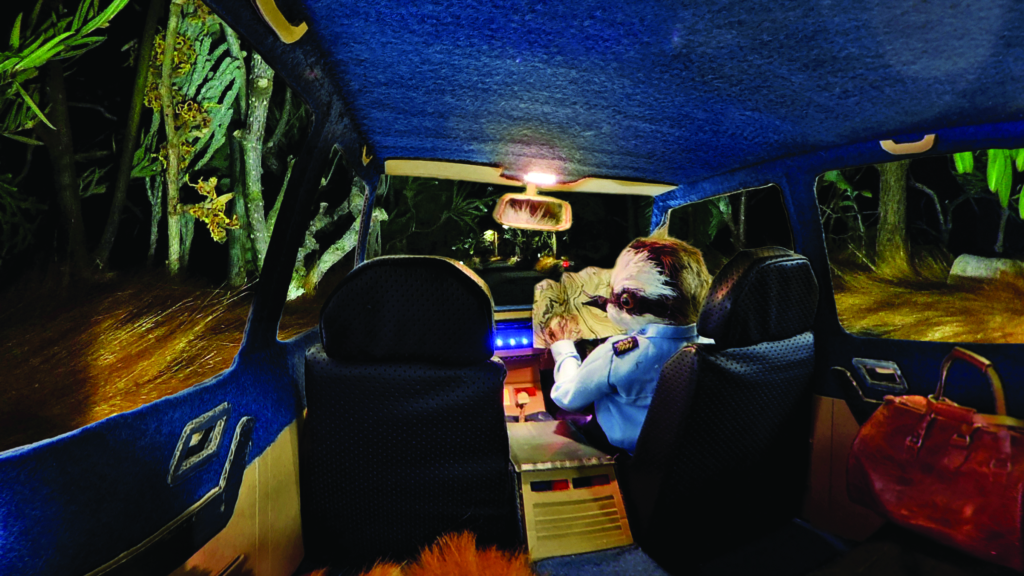
After a near miss with a hopping kangaroo, the trip proceeds towards a cardboard tunnel, and the sound becomes more industrial and menacing. The alarms and machinery create a sense of foreboding. Slowing down, our driver tells us that the noise is from the rapid construction of new houses popping up out of the landscape. Later, arriving in suburbia, he begins to reveal a bit of his own experience: he ‘expected things to be different … not this’. The feeling evoked by those words is enhanced by the constructed cardboard landscape; it is both materially familiar but also dissonant, an impression emphasised by the dim lighting and sound design. Being a passenger implies a lack of autonomy, a passive position. But we are learning this new space, and are also invited to trust our guide as he prepares us for what to experience and feel.
The journey to our new home takes us through a garage door, which acts as a portal into another world, and through a technicolour light-filled tunnel. It is here that our driver informs us that the GPS doesn’t work. The systems and strategies that we usually rely on must be put aside in order for us to navigate this new place and phase of experience. Dark bats attack the car, but they are paper tigers, harmless (they’re vegetarian, the driver tells us). Noticing that his passenger is nervous, the driver reassures us by recalling his own experience of being new, promising that we, too, will soon feel at home. At this moment, the driver lifts his arms, flaps them like wings and ascends skywards. Riding on his back through the night air feels liberating, as we are suddenly free of the confined space of the car; it is an invitation to surrender to the process. As we finally reach our destination, our new home, our driver flies away. Looking up, we see that the night sky is filled with migratory red-hooded plovers. We are not alone.
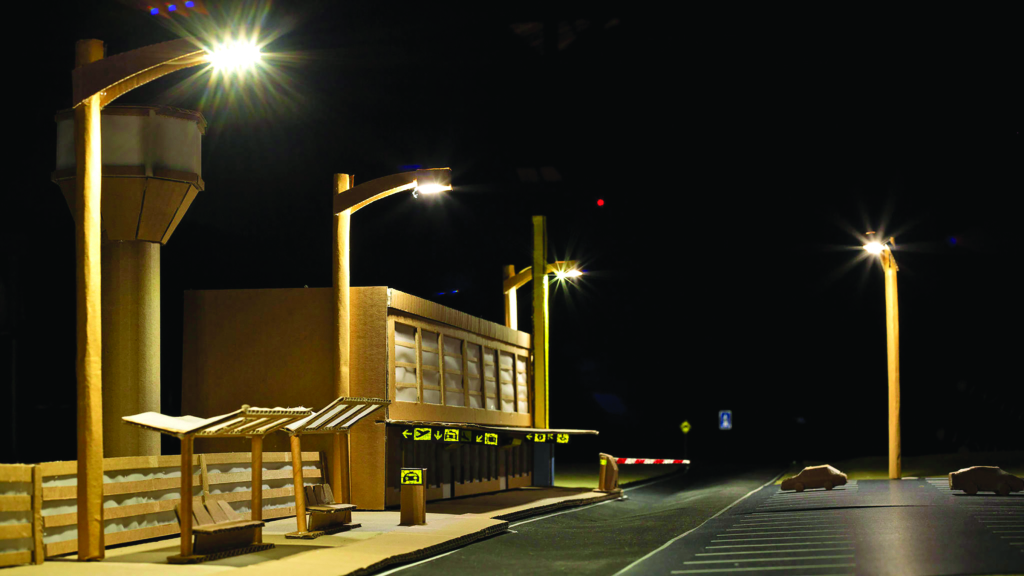
Both Future Dreaming and Passenger invite the audience into experiences that make use of strategies beyond empathy and that further gesture towards the possibilities of VR. In Future Dreaming, the technology allows these Indigenous teenagers to creatively explore their potential through imagining the future. In doing so, this empowers them to construct a world they want to live in. The audience experience of this work must vary depending on the viewer’s own cultural positionality; given Australia’s colonial past, it feels right for an outsider, being an observer in this world, to fulfil the very traditional documentary concept of ‘bearing witness’ to emergent possibilties. Similarly, in Passenger, non-migrant viewers are invited to see as a new immigrant to Australia sees. However, this vision of Australia is also made strange by eschewing the use of realism in creating its familiar yet unfamiliar landscape. The two works demonstrate that VR technology, combined with the use of animation, can enable the creation of rich worlds wherein traditional documentary and live action can merge, where imagination can move beyond the indexical image, where point of view can be shifted, where futures can be imagined into, and where one can be cared for.
Endnotes
| 1 | See Harry Farmer, ‘A Broken Empathy Machine?’, Immerse, 1 October 2019, <https://immerse.news/a-broken-emphathy-machine-can-virtual-reality-increase-pro-social-behaviour-and-reduce-prejudice-cbcefb30525b>, accessed 18 February 2020. |
|---|---|
| 2 | For more on ‘presence’, see Matthew Lombard & Theresa Ditton, ‘At the Heart of It All: The Concept of Presence’, Journal of Computer-Mediated Communication, vol. 3, no. 2, 1 September 1997. |
| 3 | Specifically, Mind at War (2017), which he directed, and Thalu: Dreamtime Is Now (2018), illustrated by Sutu and directed by Tyson Mowarin. These works are discussed in Kim Munro, ‘The Sense of Being Somewhere: Mind at War, Thalu: Dreamtime Is Now and the Rise of Virtual Reality’, Metro, no. 199, 2019, pp. 102–7. |
| 4 | Patricia R Zimmermann, States of Emergency: Documentaries, Wars, Democracies, University of Minnesota Press, Minneapolis & London, 2000, p. xix. |
| 5 | Brian Winston, ‘The Tradition of the Victim in Griersonian Documentary’, in Larry Gross, John Stuart Katz & Jay Ruby (eds), Image Ethics: The Moral Rights of Subjects in Photographs, Film, and Television, Oxford University Press, New York & Oxford, 1988, pp. 34–57. |
